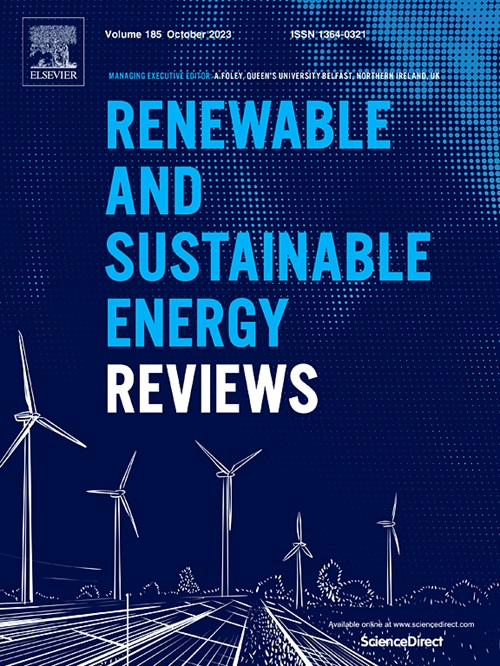Unveiling the impact of internal structure on boil-off gas generation in moving liquid hydrogen (LH2) transport trailer
IF 16.3
1区 工程技术
Q1 ENERGY & FUELS
引用次数: 0
Abstract
Global efforts to reduce greenhouse gas emissions have increased interest in hydrogen as a clean energy source. However, efficient storage and transportation of liquid hydrogen present significant challenges, particularly due to the generation of boil-off gas (BOG) during transit. This study investigated the effectiveness of sloshing-damping structures within cryogenic liquid hydrogen tankers to reduce BOG generation under road transportation conditions. Six tanker configurations––unbaffled, solid baffled, center-holed baffled, porous baffled, ball-filled baffle, and multi-orifice baffled––were analyzed using three-dimensional computational simulations. The simulations utilized a three-step simulation process incorporating stationary initialization, acceleration, and constant-velocity phases to examine the effects of different internal geometries on convective velocities, temperature and pressure distributions, and vapor–liquid interface fluctuations. The results show that the multi-orifice baffled tanker achieves the highest reduction in BOG, yielding a boil-off rate (BOR) up to 44 % compared with other designs. Additionally, baffle ball-filled tankers exhibited unique vaporization patterns. These findings offer valuable insights for optimizing tanker designs to ensure stable transit and minimize hydrogen loss. The developed simulation framework can further support hydrogen loss predictions across various transportation scenarios, promoting more efficient hydrogen transport solutions.
求助全文
约1分钟内获得全文
求助全文
来源期刊

Renewable and Sustainable Energy Reviews
工程技术-能源与燃料
CiteScore
31.20
自引率
5.70%
发文量
1055
审稿时长
62 days
期刊介绍:
The mission of Renewable and Sustainable Energy Reviews is to disseminate the most compelling and pertinent critical insights in renewable and sustainable energy, fostering collaboration among the research community, private sector, and policy and decision makers. The journal aims to exchange challenges, solutions, innovative concepts, and technologies, contributing to sustainable development, the transition to a low-carbon future, and the attainment of emissions targets outlined by the United Nations Framework Convention on Climate Change.
Renewable and Sustainable Energy Reviews publishes a diverse range of content, including review papers, original research, case studies, and analyses of new technologies, all featuring a substantial review component such as critique, comparison, or analysis. Introducing a distinctive paper type, Expert Insights, the journal presents commissioned mini-reviews authored by field leaders, addressing topics of significant interest. Case studies undergo consideration only if they showcase the work's applicability to other regions or contribute valuable insights to the broader field of renewable and sustainable energy. Notably, a bibliographic or literature review lacking critical analysis is deemed unsuitable for publication.
 求助内容:
求助内容: 应助结果提醒方式:
应助结果提醒方式:


